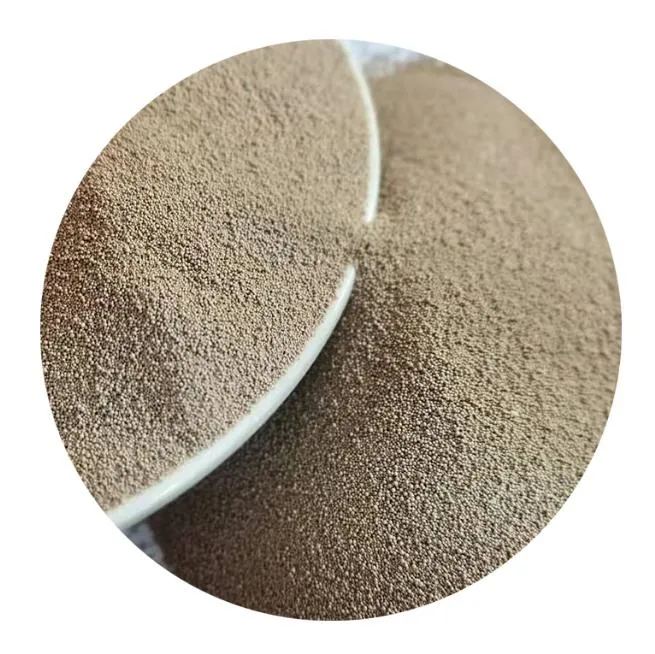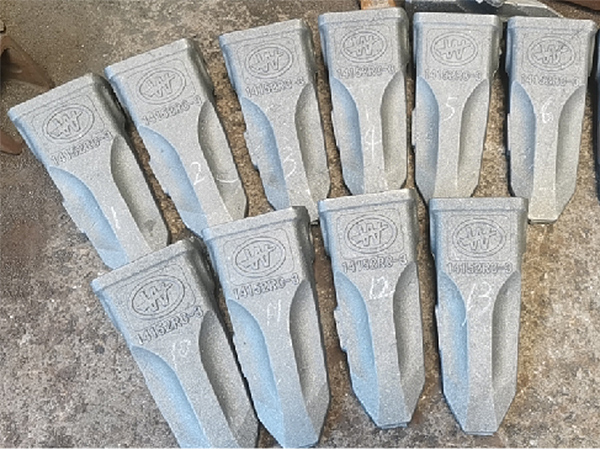

Trustworthiness and authority in sand casting also derive from rigorous quality control measures. Experienced foundries implement state-of-the-art technology such as digital simulations to predict the behavior of molten metal as it enters the mold. These simulations are crucial for identifying potential defects before they manifest in the actual casting. By harnessing such technology, reputable manufacturers consistently deliver components that meet stringent industry standards and specifications. Sand casting components are not only lauded for their mechanical properties but also for their recyclability, aligning with sustainable manufacturing practices. The sand used in casting processes can be reclaimed and reused, significantly reducing waste. This sustainability aspect resonates with contemporary business ethics and environmental consciousness, allowing companies that specialize in sand casting to position themselves as eco-friendly and responsible entities. In conclusion, the allure of sand casting components lies in their unparalleled versatility, economic viability, and the marriage of traditional expertise with modern technological advancements. Industries irrespective of their niche benefit from the unique properties of sand cast components that exemplify high strength, durability, and design flexibility. With a foundation built on experience, expertise, and innovation, sand casting will continue to hold a position of authority and trustworthiness in the manufacturing sector, meeting the demands of an ever-evolving marketplace. Post time:ጥር . 14, 2025 12:08
Next:Ceramcast sand ball shape for sand casting
